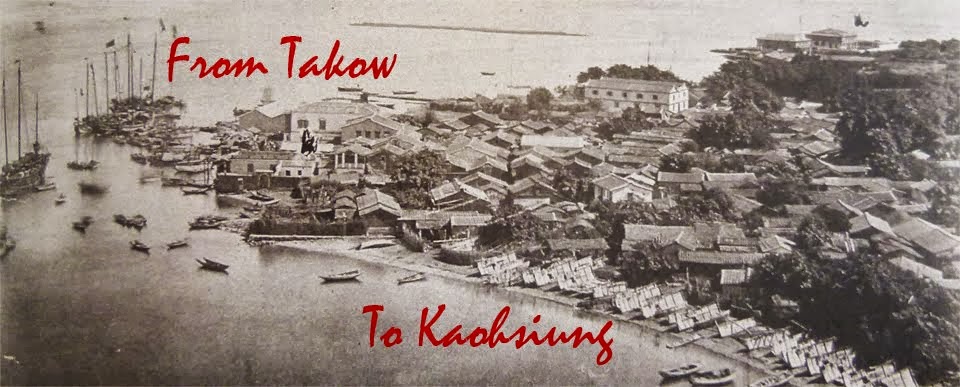subtitle
-- Working draft for upcoming book by Mark Caltonhill, author of "Private Prayers and Public Parades - Exploring the religious life of Taipei" and other works.
Saturday 12 February 2022
Xiluo (西螺) Township, Yunlin County
Tsai et al (台灣的舊地名 "Taiwan's Old Place Names" 2004) say that there are documentary evidence for four different derivations of this name:
i) it was part of the active area of the Babuza people's Sorean community;
ii) it got its name via 東螺 (Mdn. Dong-luo; "Eastern Snail"), which was thus called due to its shape;
iii) it was close to the Zhuoshui River (濁水溪), and 濁 is pronounced similar to 螺 in Hoklo Taiwanese; and
iv) its shape resembles a 田螺 (river snail).
[MC: ii) and iii) seem to be the inverse of what actually passed, that is, Dong-luo was more likely so called because it is to the east of Xi-luo (lit. "Western Snail"), and Zhuosui River got its name from the (Western) Luo River (and not vice-versa). iv) is kind of meh. This leaves i) as the most likely.]
Fortunately Abe Akiyoshi (台灣地名研究 "Studies on Taiwan's Place Names" 1938) concurs, suggesting that the Dutch name of Sorean came from the Babuza aboriginal place Sailei, which was then transliterated as 西螺 (Hoklo: Sai-lê; Mdn. Xiluo), and thus had little to do with its literal meaning of "Western [Aquatic-]Snail”.
Indeed, selection of 螺 rather than any other similar-sounding word to transliterate lei was possibly due to the fact that many of the immigrating Han-Chinese had come from 螺陽 (Mdn. Luoyang; Hoklo: Lê-iâng ) Township in Fujian Province’s Quanzhou (泉州) prefecture’s Hui-an (惠安) County, indeed, Xiluo was also known in early days as 螺陽 in memory of the immigrants’ hometown.
The lower reaches of Zhuoshui River, which runs along Xiluo’s northern boundary, was formerly called 西螺溪 (Xiluo River). This, by a convoluted process of transliterations, probably gave rise to today’s name: (see Zhuoshui River)
Copyright Jiyue Publicatins 2022
Subscribe to:
Post Comments (Atom)

No comments:
Post a Comment